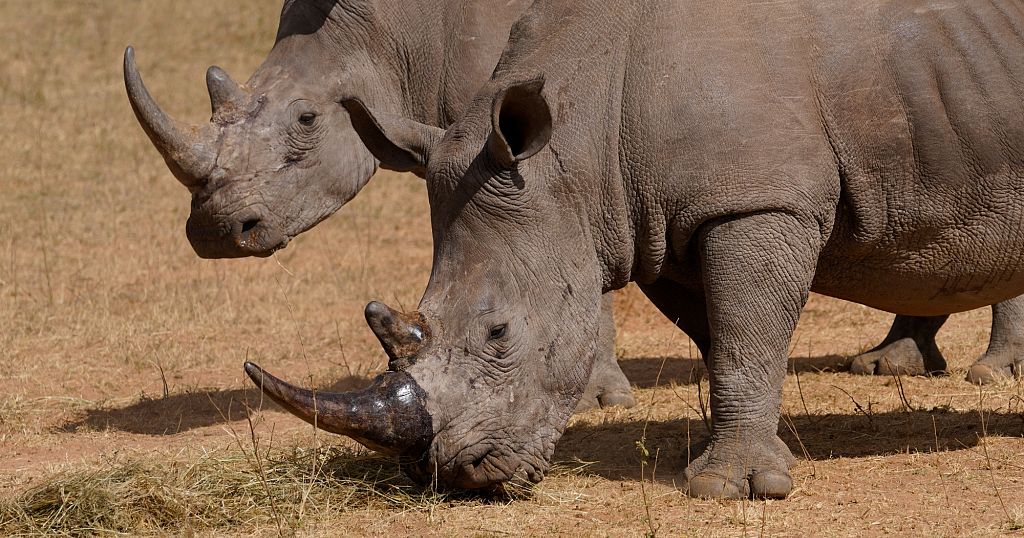Rhinos are instantly recognizable due to their distinctive horns, but in a bid to save these endangered creatures from poaching, conservationists have been removing their horns for over 30 years. A recent study has found that dehorning rhinos has led to a significant reduction in poaching, with a staggering 78% decrease in incidents in nearly a dozen game reserves in and around South Africa’s Kruger National Park.
The study, which analyzed seven years of data, found that dehorning over 2,000 rhinos in the reserves had a profound impact on poaching rates. Dr. Tim Kuiper, the lead author of the report and a biodiversity scientist at Nelson Mandela University, explained that the study’s findings were consistent across different reserves and time periods. “It consistently resulted in reduced poaching, no matter when it was implemented, no matter what the background conditions were,” he said.
The logic behind dehorning is simple: poachers are after the rhinos’ horns, which are highly valued on the black market for their supposed medicinal properties. By removing the horns, conservationists are taking away the incentive for poachers to target the animals. However, the impact of dehorning on the rhinos themselves is still a topic of debate. While some researchers have raised concerns about the potential effects on the animals’ behavior, social interactions, and overall wellbeing, others argue that it is a necessary evil in the face of rampant poaching.
Dehorning needs to be done every 12-18 months, as the horns grow back over time. South Africa is home to the largest population of black and white rhinos, with around 17,500 white rhinos and 6,500 black rhinos remaining. However, poaching has taken a devastating toll on black rhino numbers, which plummeted from 70,000 in 1970 to less than 2,500 by the mid-1990s.
Despite the controversy surrounding dehorning, many conservationists consider it a vital tool in the fight against poaching. Rhino researcher Vanessa Duthe noted that while removing the horns may have some social implications, such as changing the animals’ spatial movements and foraging habits, research has found no adverse effect on breeding rates or mortality rates.
The study’s findings highlight the complexities of conservation efforts and the need for a multifaceted approach to protecting endangered species. While dehorning may not be a permanent solution, it is seen as a short-to-mid-term measure that can help reduce poaching rates. Ultimately, more effective law enforcement, support for game rangers, and community engagement will be crucial in the long-term battle to save the rhinos.
As the fight to protect these majestic creatures continues, it is clear that dehorning has become an important part of the conservation toolkit. With over 400 rhinos still being killed by poachers in South Africa each year, the need for innovative and effective solutions has never been more urgent. By working together and exploring new approaches, conservationists hope to ensure the long-term survival of these incredible animals and the ecosystems they inhabit.
